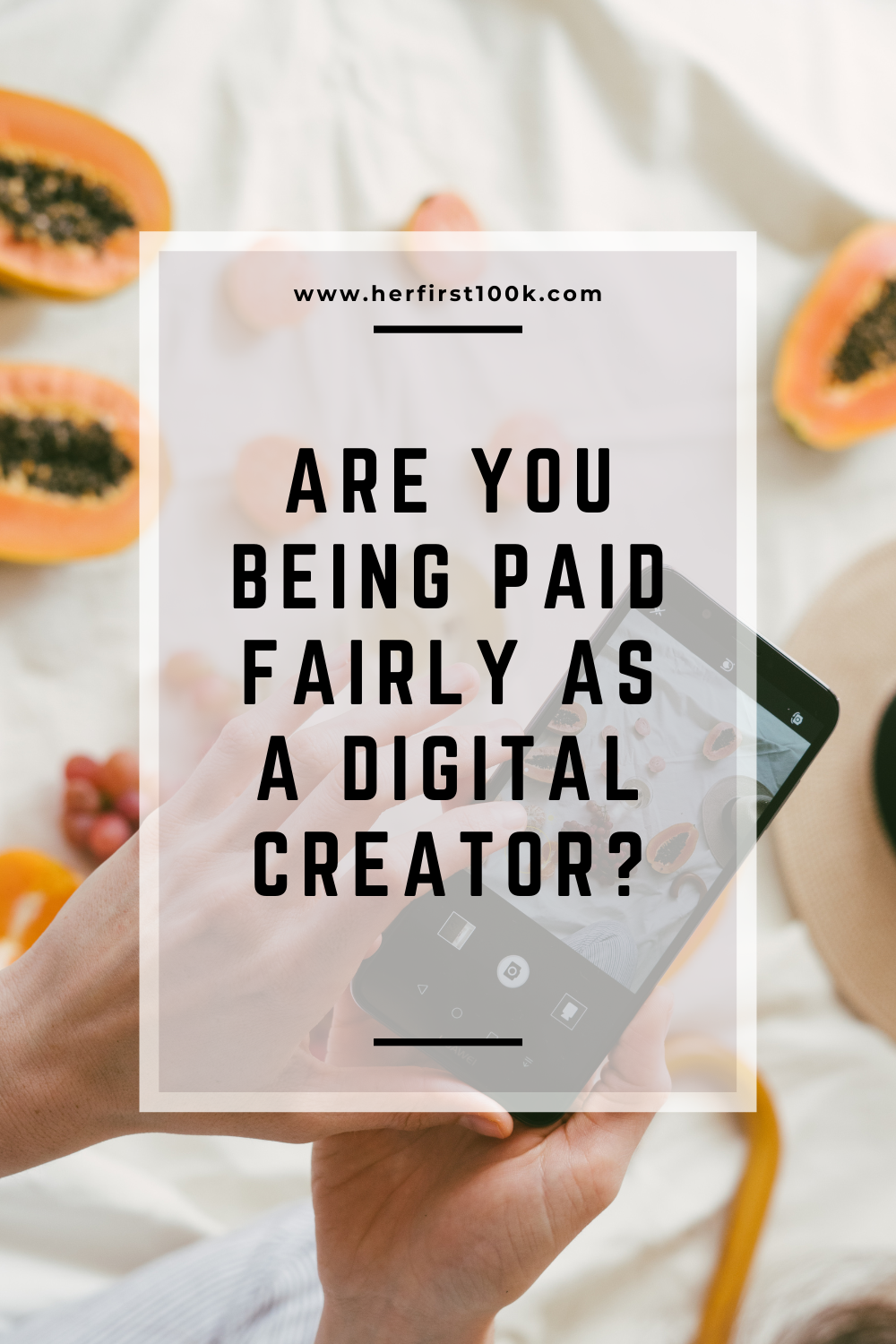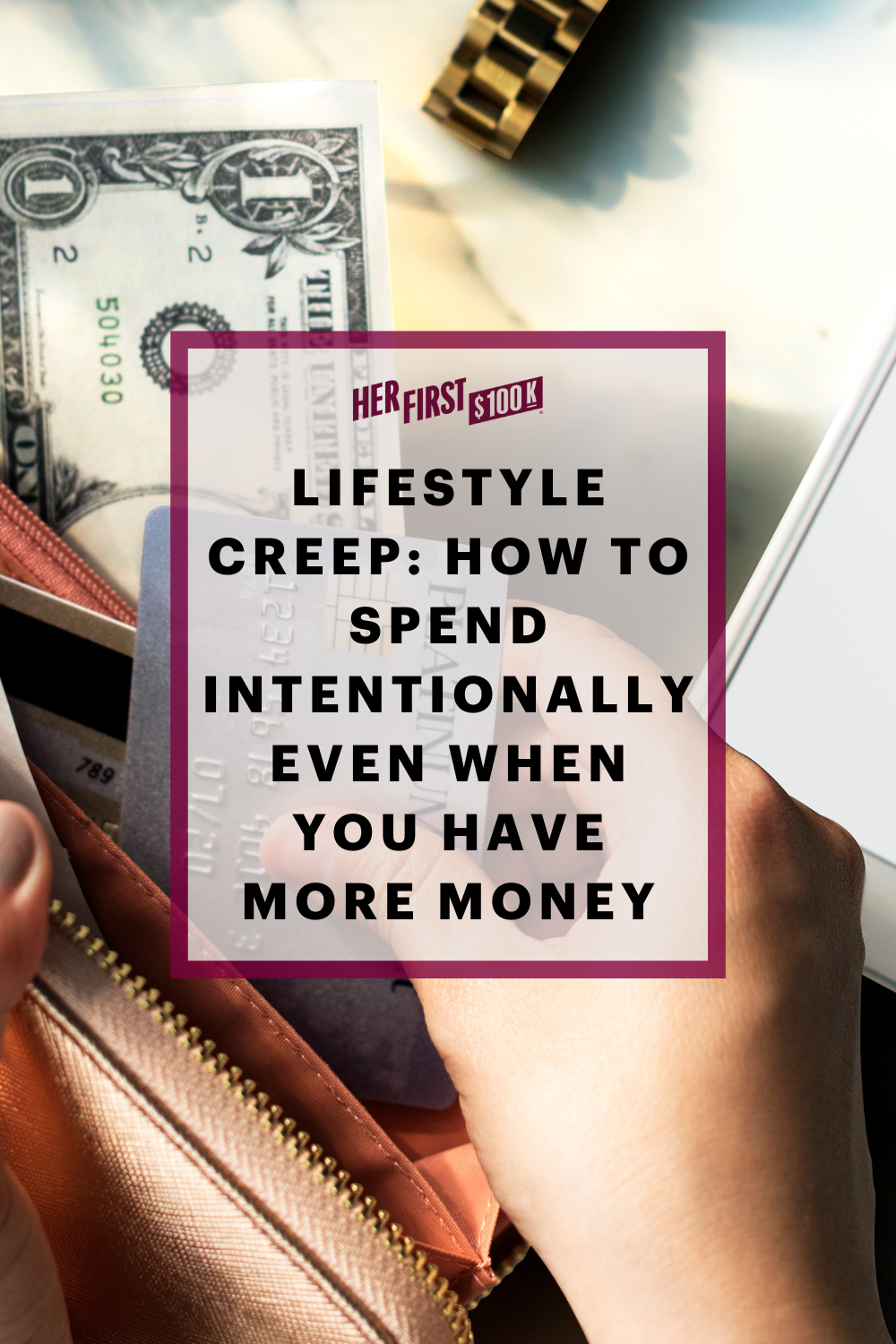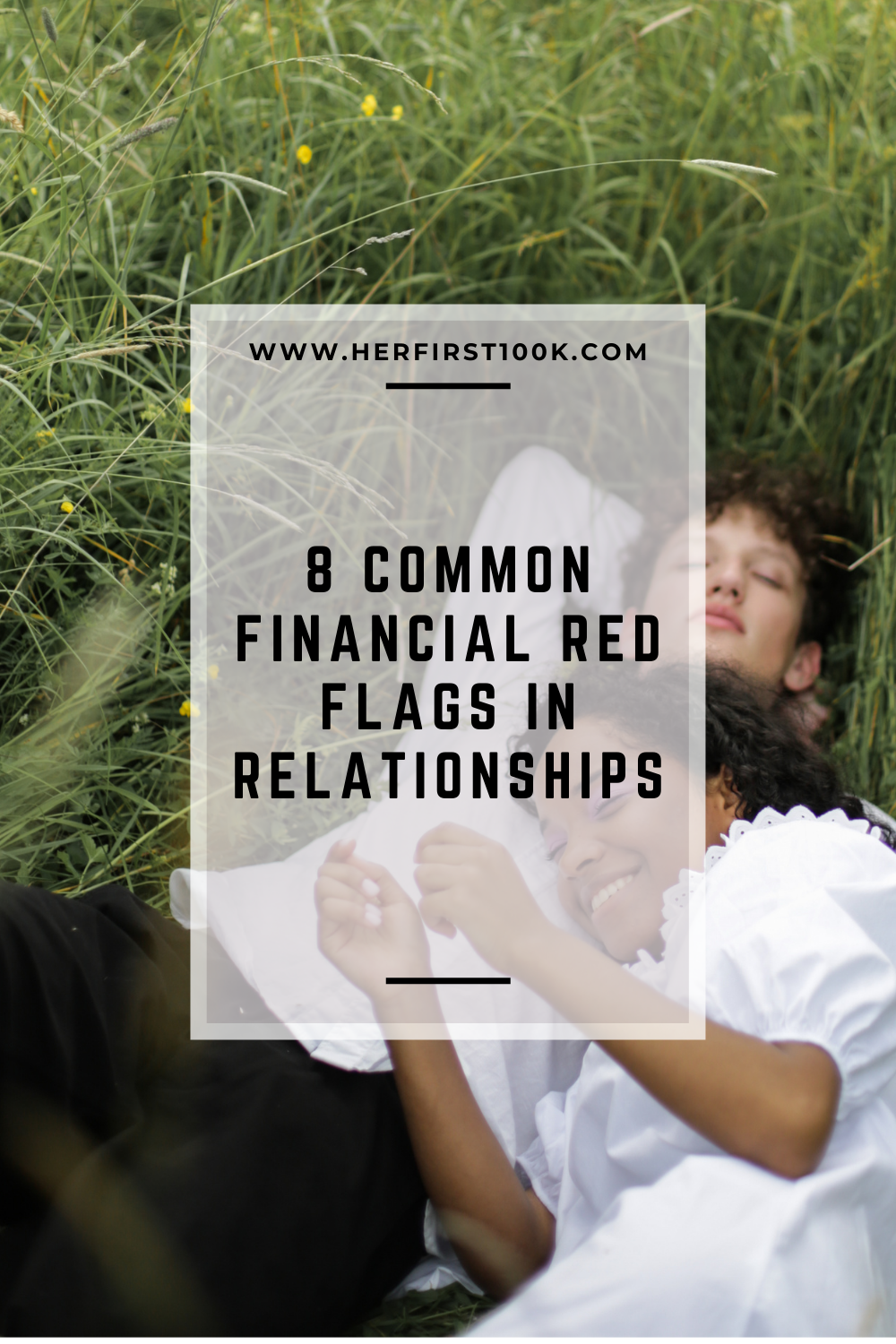The following article may contain affiliate links or sponsored content. This doesn’t cost you anything, and shopping or using our affiliate partners is a way to support our mission. I will never work with a brand or showcase a product that I don’t personally use or believe in.
I recently shared an Instagram post about pay transparency as a digital creator that sparked some awesome conversations about generating income and being paid fairly as creators, entrepreneurs, and freelancers in the digital space.
When I started sharing financial content on the internet, I didn’t know a single thing about the world of brand partnerships, affiliate links, or influencer marketing. But now, with countless brand collaborations under my belt and a few more zeros added to my net worth, I’ve learned that the social media marketing industry is a whole world of financial opportunity and it is not going anywhere.
In fact, the social media marketing industry is currently valued at $16.4 billion, jumping up nearly $3 billion from 2021’s valuation of $13.8 billion! So what does this mean for you?
It means that there has never been a better time to be a digital creator and that the need for content creators is only going to increase. But it also means that as creators, we need to start talking transparently about monetizing our platforms.
Whether being a digital creator is just a hobby, a side hustle, or your full-time gig, we all deserve to get paid, and get paid fairly by brands. Interested in starting your own side hustle? I have a whole course about how to find and start a side hustle!
There are few resources available about pay transparency and professional expectations as a digital creator, so many creators lose out on a lot of money and opportunity simply because they don’t know what they can (and should) be demanding.
So if you are looking to monetize your social media platforms, make sure to start taking some notes, because I am sharing four ways that I ensure that I am going to be paid fairly for my time, effort, and expertise when working with brands as a digital creator.
Ready? Let’s go.
Number freaking one: You. Don’t. Work. For. Free.
Simply put, every brand that approaches you for a partnership has some sort of a budget, so there is no reason why you should not be compensated for your deliverables (the type of content that you are creating). Now, there are different kinds of compensation available based on each brand, campaign, and budget, but a general rule is that you should receive something from the brand that fairly compensates you for your time and work.
In general, there are two different ways that a brand may offer to compensate you for your work:
-
Post-for-product exchange: A brand offers to provide you with their product or service for free in exchange for an agreed-upon deliverable (example: a footwear brand offers to send you pair of shoes in exchange for one in-feed photo and an Instagram story promoting their shoes).
-
Paid collaboration: A brand offers to provide you with their product or service for free plus an additional monetary payment in exchange for an agreed-upon deliverable (example: a local spa offers to give you a free facial and pay you $300.00 to post a 60-second video on TikTok).
If a brand is not offering to compensate you with either product or money, it is likely that the opportunity is a scam. There are many brands reaching out to creators offering discount codes and commission programs that require the creator to first purchase the products. This opportunity may seem compelling to new creators who want to get their foot in the door of influencer marketing, but it ultimately only benefits the brand while the creator is drained of time, energy, and often their own money.
Number two: Always sign a contract.
When a brand approaches a creator, they should be prepared with a contract that clearly defines the terms of the partnership, including but not limited to:
-
The type and amount of compensation
-
The type and amount of deliverables required for the campaign
-
The due dates for the deliverables
-
How and where your content will be used
-
The method by which you will receive payment
-
The date you can anticipate receiving payment
This contract not only provides you with expectations for the campaign but also protects both you and the brand in the case that someone breaches the terms of the agreement. On the off chance that a brand does not present you with a contract stating their terms, you should always be prepared with a contract of your own in order to protect yourself and your business.
Number three: Set your rates and stick to them.
Imagine receiving an email that says, “My brand is interested in partnering with you. How much do you charge for 2 in-feed Instagram posts, three Instagram stories, and one TikTok?” How would you respond?
This is where the conversation of financial transparency among digital creators gets cloudy. Pricing can vary based on a number of factors such as following size and engagement rate, and there are very few resources available to help creators know what other creators in their niche are charging, which can ultimately result in undercharging and undervaluing their time and effort.
I reached out to social media specialist and online business coach, Christina Galbato, for more insight into how digital creators should establish fair and competitive pricing.
Christina says, “There is no strict rule on pricing in the digital creator space, which is both exciting and also potentially damaging: exciting in that there’s really no pricing ceiling, but also damaging in that many creators underprice their services and end up leaving a lot of money on the table.
As a general rule, I suggest that creators find their baseline by charging $100.00 per every 10,000 followers for an in-feed post on platforms like Instagram and TikTok. For Instagram stories, I recommend charging 20-30% of your rate for an in-feed post. But keep in mind, this is just a baseline; you can charge more for additional expectations such as a short deadline for the deliverables, if the brand wants to use your content for paid advertisements, or if the brand requires exclusivity.”
Number four: Be prepared to negotiate
So what do you do when you send your rates and the brand responds with an offer that is lower than your pitch?
First, don’t get discouraged and rush to sign on the dotted line. It can be tempting to accept a lowball offer out of fear of losing the opportunity to collaborate with the brand. But accepting an offer that is below the industry rate not only robs you of the money that you deserve but also undervalues your work and the work of others in your niche.
Second, recognize that this is not a “hard no,” but rather it is an invitation to continue the conversation and negotiate.
Christina went on to say that there is often an element of negotiation when it comes to working with brands: “Negotiation to settle on a price is normal. Sometimes I go back-and-forth with a brand 4-5 times before agreeing on a rate!”
You can use similar strategies when negotiating with a brand as those outlined in my free Negotiation Course that will teach you to approach negotiation conversations with confidence and how to frame your ask to make a “yes” easy.
Christina reminds us that the process of negotiating with a brand is also the perfect opportunity to upsell them with additional services.
“If you have a blog, suggest adding a blog post to the campaign in addition to Instagram content. Through organic search, the blog post can be found for years, adding incredible value to the brand long-term and extra dollars to your contract!”
Want to learn more about negotiating with brands and successfully monetizing your social media platforms? Check out Christina’s website here.
What questions do you have about making money as a digital creator? Drop them in the comments below!



